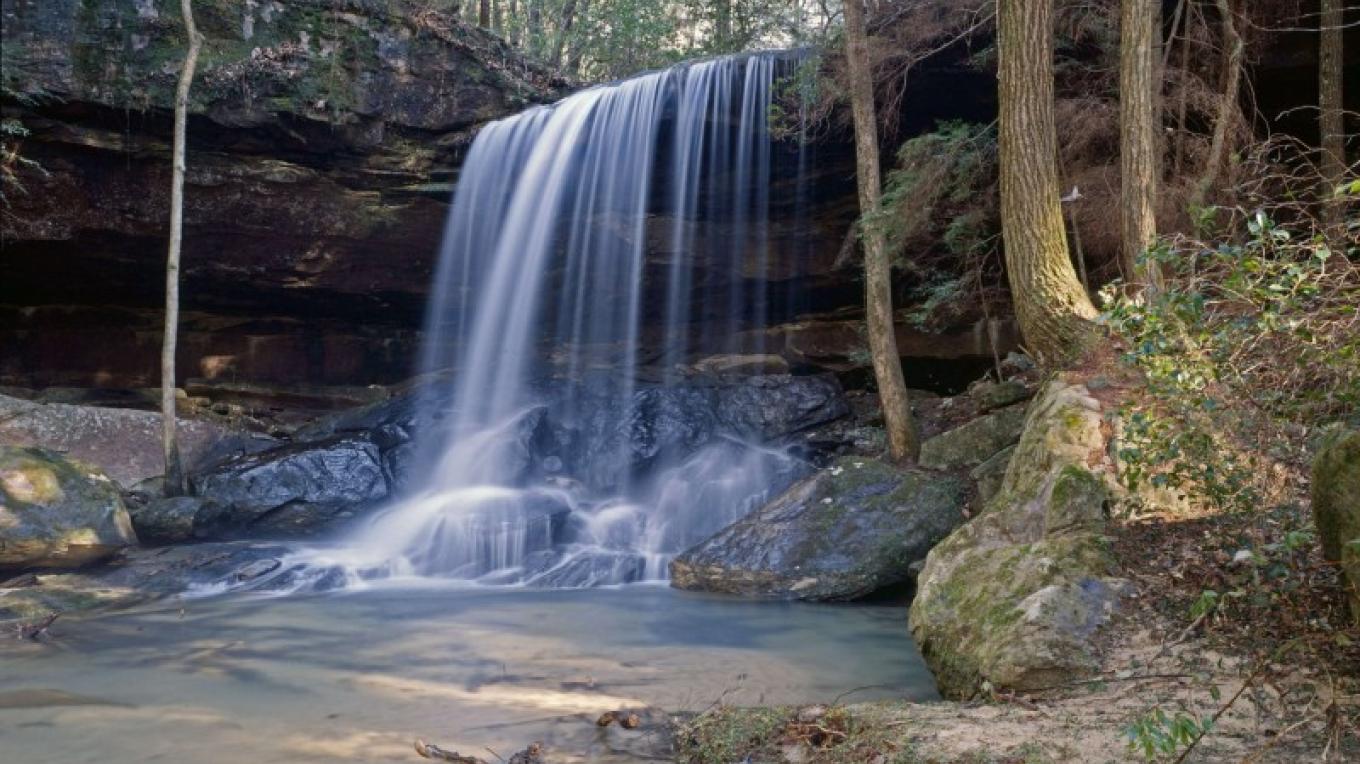America’s Wilderness Act- 60 Years of Conservation

2024 marks the 60th anniversary of America’s Wilderness Act. This milestone is not just a time for reflection on conservation achievements, but also an opportunity to recognize the untapped potential these protected wilderness areas hold for local communities fortunate enough to be situated near them.
The 1964 Wilderness Act, with its foresight in preserving ecologically significant habitats, has over the years become a beacon for local economies. Beyond safeguarding sensitive landscapes, these wilderness areas offer a unique and highly marketable asset to communities eager to embrace adventure tourism.
The landmark legislation, signed by President Lyndon Johnson in September 1964, established the National Wilderness Preservation System and provided a legal definition of wilderness in the United States. According to the Act, wilderness is an area where the earth and its community of life are untrammeled by man, and man himself is a visitor who does not remain. It further defines wilderness as an area of undeveloped Federal land retaining its primeval character and influence, without permanent improvements or human habitation, which is protected and managed to preserve its natural conditions. These areas are recognized for their outstanding opportunities for solitude or a primitive and unconfined type of recreation, and for their ecological, geological, or other features of scientific, educational, scenic, or historical value.
In short, the Wilderness Act created a way for the federal government to protect some of its most precious and pristine public wildlands for future generations.
Throughout 2024, the TRV Stewardship Council’s geotourism web portal, ExploreTRV.com, will spotlight breathtaking wilderness areas within the Tennessee River basin watershed. Across the region there are more than 25 designated federal wilderness tracts, ranging from one of the smallest in the country to one of the largest such areas in the Eastern United States. Adventure seekers and geo-travelers are increasingly drawn to destinations that prioritize nature protection and cultural authenticity. Communities and local service and lodging providers in Southern Appalachia, with its wealth of protected wilderness areas, are poised for sustainable economic growth as the appeal of seeking genuine encounters with the wild continues to gain popularity among both American and international vacationers.
As we celebrate the 60th anniversary of the Wilderness Act, the TRV Stewardship Council invites local community leaders, organizations, and citizens to recognize the immense value that these protected wilderness areas provide. By embracing and promoting these landscapes, communities have the opportunity to better position themselves as destinations for adventure tourism, fostering economic growth while preserving key aspects of what makes their regions exciting and unique.

Recent Comments